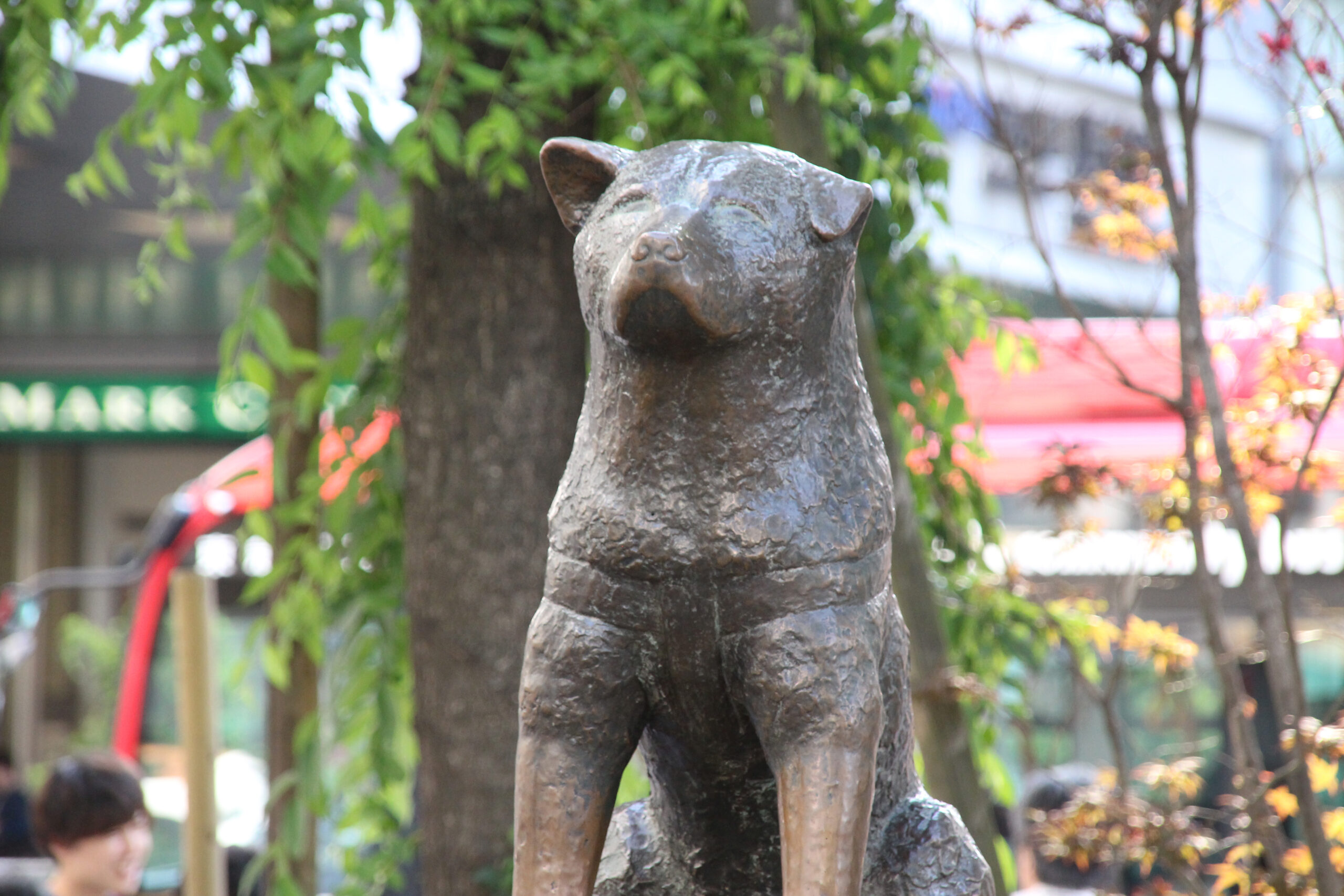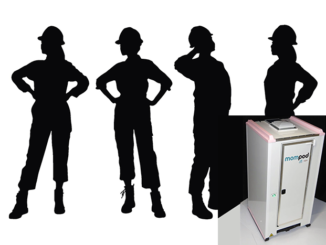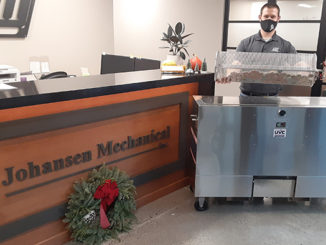
By / Eric Anderton
Photo by Hyppolyte de Saint-Rambert
Have you ever heard of Hachiko, the golden-brown Akita dog? Hachiko was a familiar sight at the Shibuya train station in Tokyo, Japan. Each evening he would go down to the station to greet his owner Mr. Ueno on his return from work at the local university. One day Mr. Ueno did not appear. He had suffered a cerebral hemorrhage at work and died.
Nearly a decade of commitment
For the next nine years, nine months and fifteen days, Hachiko went down to the train station, at precisely the time the Mr. Ueno’s train was supposed to arrive and waited for his master. As the years passed, the dog became famous throughout Japan for his remarkable loyalty.
Here’s what you need to do to generate loyalty from your employees:
1. Work hard on initial fit
2. Give your employees opportunities to develop
3. Recognize and reward high-performance
Step 1: Work hard on initial fit
The reason some companies struggle to generate loyalty from employees is found in the initial hiring process. Desperate to fill open positions, organizations recruit people who are technically qualified, but are a poor fit with the culture of the company.
One of my construction clients has a very competitive culture. The purpose of their business is to “Crush the Competition”. That competitive spirit permeates how they run their business, and they work hard to make sure that they hire people who share that drive to succeed.
They’ve taken time to define their culture. This guides them in the interview process to structure questions that dig into job candidate’s experiences with, and attitudes towards, a competitive environment. The responses to those questions help them to filter through potential employees and identify people who are more likely to fit in with the vibe of the company prior to bringing them on board.
The hiring decision is just the beginning. Immediately following that you have to turn your attention to the second step of building loyalty.
Step 2: Give your employees opportunities to develop
Once you’ve got a cultural fit, you have to make sure you provide opportunity for employees to develop and grow. Talented people don’t like to stagnate, and if they don’t feel challenged, they’ll soon be looking for openings with more dynamic organizations.
Provide “tours of duty” for ambitious people. For example, a construction company might hire someone as a project manager, and after a year or two move them into estimating to give them a taste of what it takes to win projects. They could even go into the field for a few months as a superintendent to gain a deeper understanding of how to build a profitable project.
Opportunities increase as people’s horizons expand. They not only gain technical knowledge, but they also build relationships inside and outside the company. You may also find that as they make progress they emerge as potential leadership candidates.
If you nail initial fit and work on developing your people, they’ll produce great results, which will lead to the final step of locking in loyalty…
Step 3: Recognize and reward high-performance
Employee loyalty sky-rockets when people feel appreciated. Savvy leaders not only recognize people for outcomes such as achieving a sales quota or completing a project; they also reward behaviors that exemplify the values that drive the organization.
When did you last “catch” your employees excelling? If your company is uniquely devoted to customer service, make sure you “catch” your people when they go above and beyond to take care of your client’s needs. It’s easy to get used to high-performers doing well, and you can slip into neglecting to give them the recognition they deserve. Don’t make this mistake. Genuine, specific, consistent recognition plays a huge part in locking in the loyalty of talented people.
But where can I find the time to do all this work? Some business owners complain that they are too busy running their business to take the time to go through the loyalty building steps described in this article. This is a very narrow perspective, and it misses one of the most important jobs of a leader: attracting, developing, and retaining talented people.
Focus on the up and comers
One of my clients has been in business for over 25 years, and they intend to continue for at least another 25. That’s why they’ve committed to leadership development classes for up and comers in their company. They’ve also paired them up with a mentor to help them continue their growth in the business.
The battle for talent is not ending anytime soon. Savvy companies understand their future depends on getting, growing, and keeping good people, and they are dedicated to locking in the loyalty of their best employees.
Hachiko stuck around for years waiting for his master, and his loyalty was commemorated with a statue. Dogs and humans are different, and you need to work harder to generate deep commitment from your employees then you will from a friendly mutt.
Make sure new hires fit your culture, get challenged to grow in their careers, and receive the recognition they deserve.
A simple next step
I provide my clients with a tool called the Leadership Dashboard. They use it to help high-potential employees clarify eight key areas that every top performer needs to consider. The dashboard helps them stay focused on important priorities, key business relationships, and ongoing professional growth.
High performers are much more likely to stick with your company if they are clear about how they can continue to grow and contribute to your organization.
If you’d like a copy of the Leadership Dashboard, you can access it at constructiongenius.com/leadersdashboard.
Reprinted with permission from the author.



